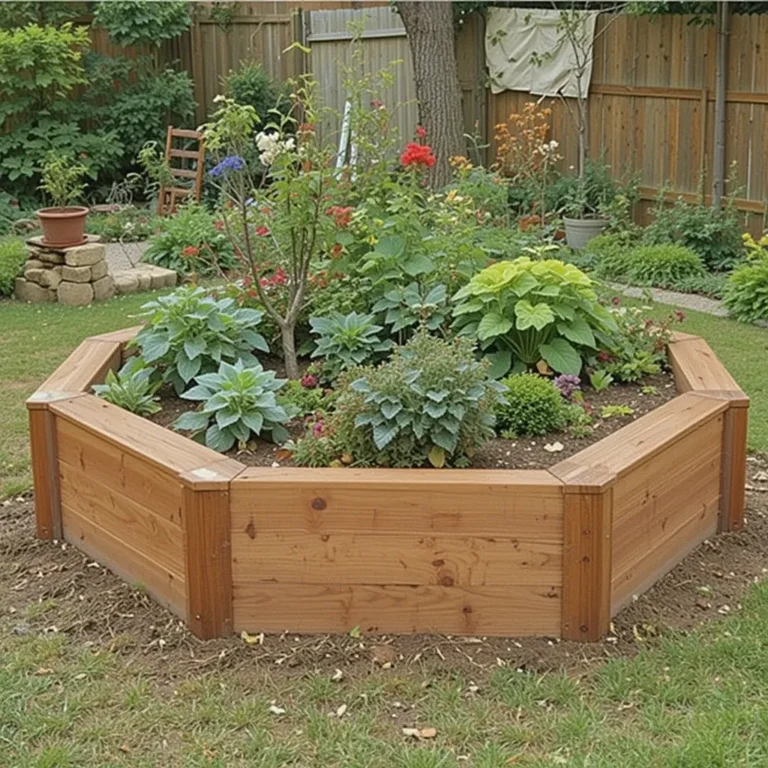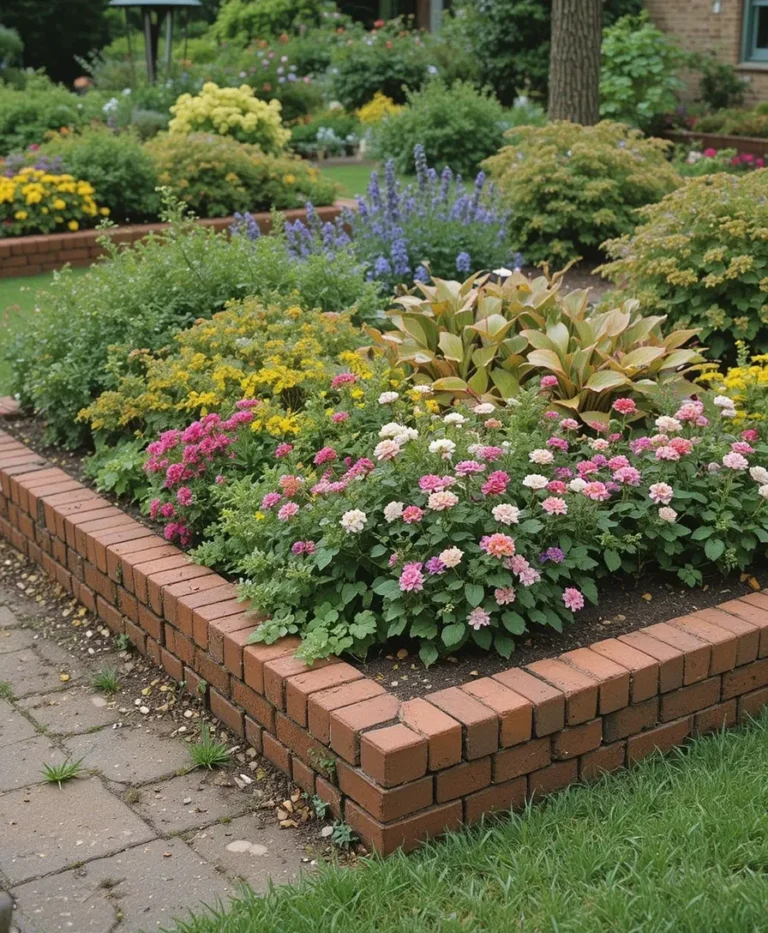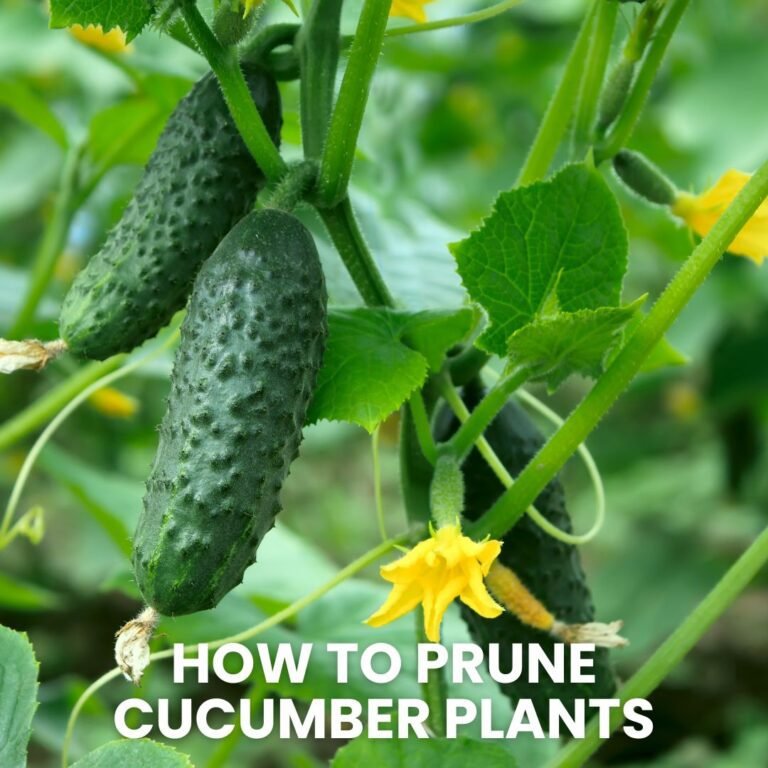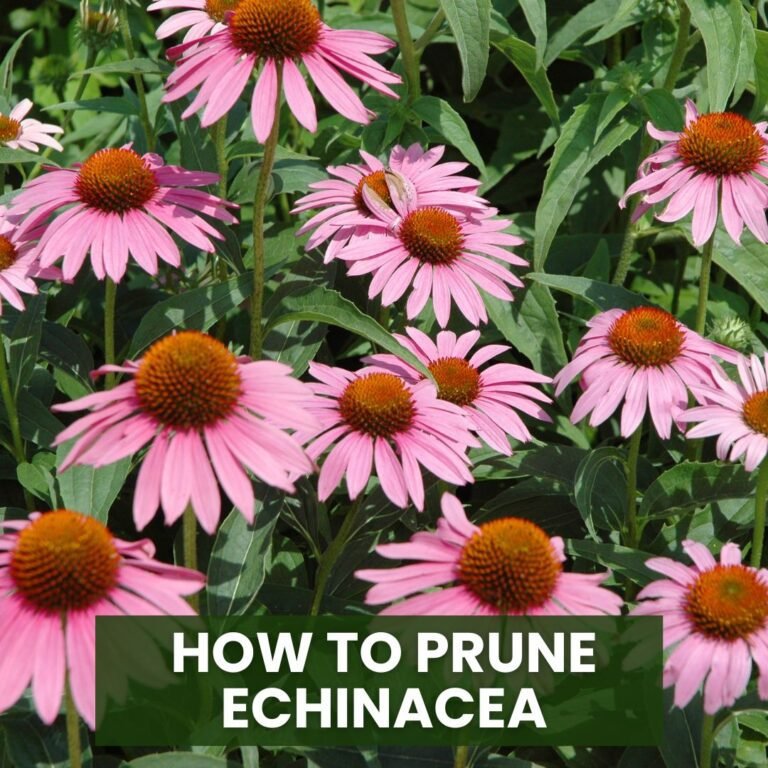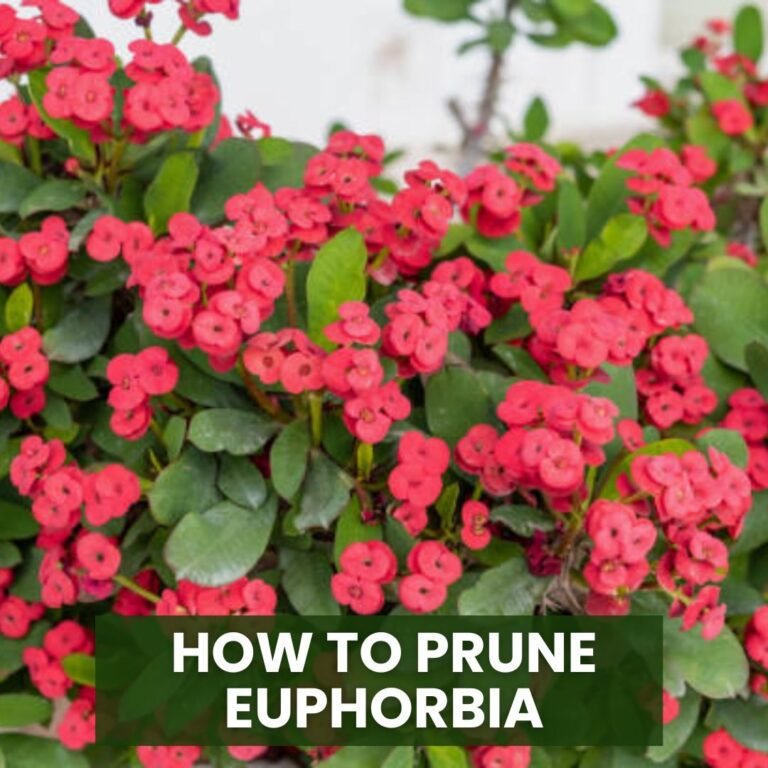How to Prune Peonies for Healthier Growth and Stunning Blooms
Peonies are beloved garden favorites known for their lush, fragrant flowers and striking foliage.
To keep your peonies blooming beautifully year after year, proper pruning is essential.
Pruning helps maintain the plant’s shape, prevents disease, and encourages stronger growth.
In this guide, you’ll learn how and when to prune peonies for maximum health and gorgeous blooms.
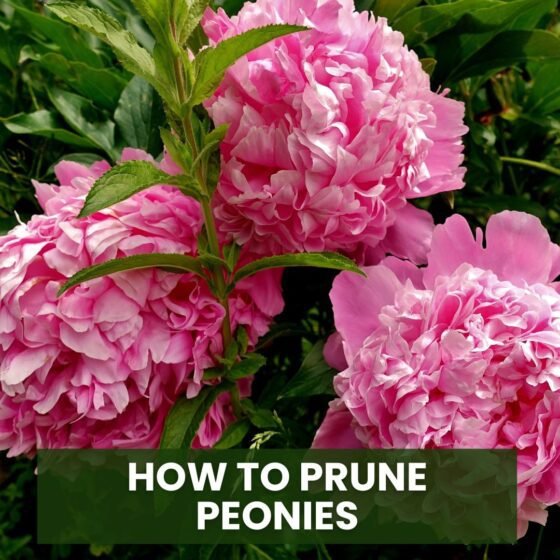
🌿 Why Pruning Peonies is Crucial
Pruning peonies isn’t just about appearance. It removes dead or damaged stems, promotes airflow, and reduces disease risk.
By cutting back old growth, the plant can focus its energy on producing strong stems and larger flowers.
Regular pruning also ensures your peony maintains a full, bushy structure, making your garden look tidy and well-maintained.
✂️ Best Time to Prune Peonies
Timing is key for successful pruning. In spring, prune peonies lightly to remove damaged shoots, allowing new growth to thrive.
After blooming in late spring or early summer, cut back spent flowers to encourage healthy foliage development.
In fall, remove dead foliage to prepare the plant for winter dormancy. Avoid heavy pruning during active blooming periods to prevent stress.
🪴 Essential Tools for Peony Pruning
Having the right tools ensures clean cuts and reduces plant stress:
-
Sharp garden shears for cutting stems and flowers.
-
Pruning scissors for precision on smaller shoots.
-
Gloves to protect your hands from rough stems.
-
Disinfectant or rubbing alcohol to prevent disease transfer between plants.
🌱 Step-by-Step Peony Pruning Guide
1. Remove Dead or Diseased Stems
Start by inspecting the plant and removing any brown, damaged, or diseased stems. This helps prevent infections and allows the plant to focus on healthy growth.
2. Deadhead Spent Flowers
Once peony blooms fade, snip off flower heads to stop energy diversion into seed production. This encourages stronger stems and better foliage development.
3. Trim Foliage in Fall
After the growing season, cut back the foliage to the ground level. This removes diseased leaves and reduces overwintering pests, preparing the plant for healthy regrowth in spring.
4. Thin Crowded Stems
If stems are overcrowded, selectively remove weaker shoots to improve airflow and light penetration, which strengthens the remaining stems and reduces fungal risks.
5. Support Growth for Next Season
Consider staggered pruning or lightly pinching back stems to encourage lateral growth. This ensures larger, more vibrant flowers in the following bloom season.
🌸 Seasonal Pruning Tips
Spring: Focus on removing damaged shoots and providing support for new growth. Avoid heavy pruning to prevent stress.
Summer: Deadhead faded flowers and trim lightly to maintain plant structure. Ensure proper watering to support foliage health.
Fall: Cut foliage back to ground level to reduce disease and pest risk. Mulch lightly to protect roots over winter.
Winter: Peonies are dormant, so pruning isn’t necessary, but check for frozen or damaged stems and remove as needed before spring.
💡 Common Mistakes to Avoid
Cutting Too Early: Removing foliage before it naturally dies back prevents nutrient storage in roots.
Ignoring Dead or Diseased Stems: Can lead to fungal infections or weak growth in the following season.
Using Dirty Tools: Can transfer disease between plants. Always disinfect scissors and shears.
Overcrowding Stems: Crowded plants have poor airflow, increasing susceptibility to mildew and pest infestations.
Caring for Peonies After Pruning
After pruning, water the plant thoroughly to reduce stress. Apply a balanced fertilizer to strengthen roots and promote healthy growth.
Ensure the plant receives adequate sunlight and monitor for pests such as aphids or ants, which are common on peonies.
Proper post-pruning care ensures your plant will thrive and produce lush, vibrant flowers next season.
🌟 Advanced Peony Pruning Tips
For experienced gardeners, selective pinching of stems throughout the growing season can improve plant shape and flower size.
Dividing older plants every 3–5 years helps prevent overcrowding and encourages larger, healthier blooms.
Combining pruning with proper staking also prevents stems from bending under heavy flower heads.
🌸 Final Thoughts
Pruning peonies is a simple yet essential practice for maintaining healthy plants and gorgeous blooms.
By removing dead or diseased stems, deadheading spent flowers, and trimming foliage at the right time, you can ensure your peonies thrive year after year.
Thoughtful pruning not only enhances beauty but also strengthens the plant, allowing you to enjoy bigger, more vibrant flowers every season.

